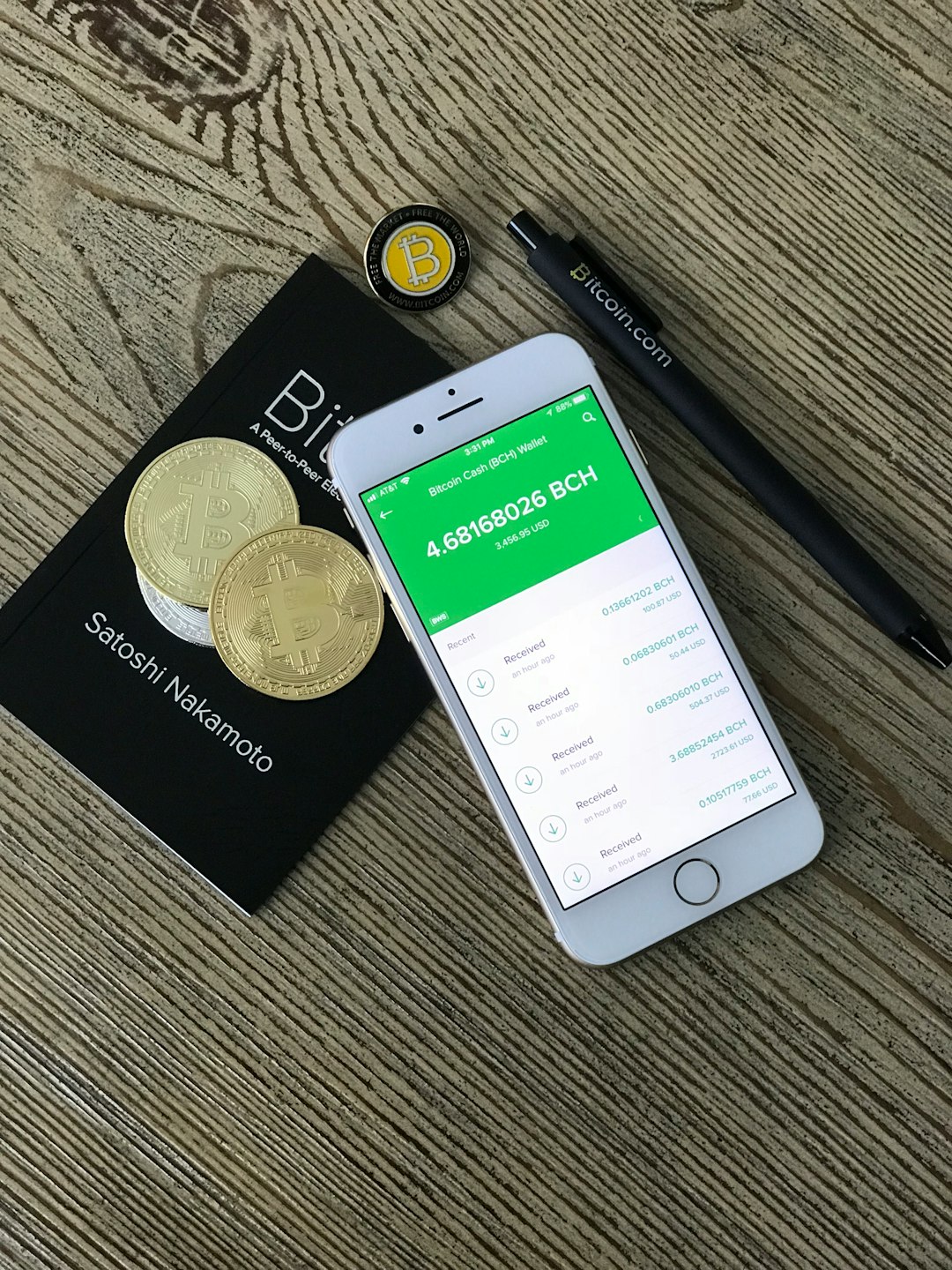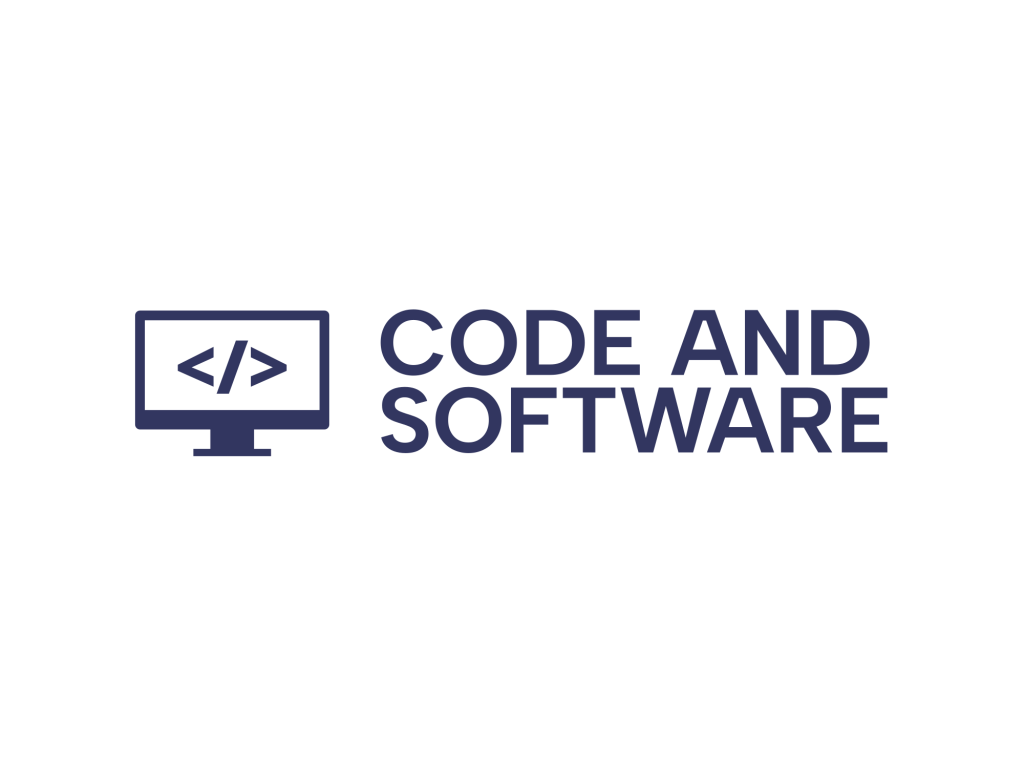Managing expenses is a critical task for any organization striving for financial sustainability and growth. One of the foundational pillars that supports effective expense management is invoicing. While often seen merely as a method for billing clients or recording incoming payments, invoicing actually plays a far more significant role in tracking, organizing, and optimizing business expenses.
The Central Role of Invoicing in Financial Oversight
At its core, invoicing is a formal document that provides a record of transactions between buyers and sellers. But beyond this administrative function, it offers valuable insight into your company’s spending patterns and financial commitments. With each invoice, you accumulate data that can reveal where your money is going, who your most frequent vendors are, and how your expenses change across time.
When businesses implement a strategic and automated invoicing system, it paves the way for more accurate budgeting, timely payments, and strict compliance with tax regulations.
Key Ways Invoicing Supports Expense Management
- Expense Tracking: Every invoice serves as a timestamped record of an expenditure. This helps in compiling an accurate list of operational costs.
- Cash Flow Management: By monitoring paid and unpaid invoices, businesses can project future cash requirements and allocate resources accordingly.
- Budget Optimization: Regular invoicing insights assist in analyzing recurring expenses, allowing management to cut down on unnecessary costs.
- Audit Trail: Invoices are indispensable for accounting audits, providing documentation for all expenditures incurred within a fiscal period.
- Vendor Management: Invoices help evaluate the cost-efficiency and reliability of different vendors and service providers.

Digital Invoicing: A Game-Changer in Modern Expense Management
The shift from traditional paper invoices to digital invoicing platforms has revolutionized the way businesses manage expenses. Cloud-based tools allow easy categorization of expenses, real-time tracking, and even forecasting of future financial needs. Additionally, automation cuts down on manual errors and administrative workload.
Some powerful features of digital invoicing systems include:
- Auto-categorization: Classifies expenses under appropriate headings for easier analysis.
- Recurring Invoice Setup: For ongoing services and subscriptions, recurring invoices ensure consistency and reduce late payments.
- Real-time Reporting: Allows financial teams to access up-to-date data for informed decision-making.
- Integration Possibilities: Integrates with accounting, ERP, and project management tools for holistic oversight.
Modern invoicing software not only conserves time and effort; it also gives teams the analytical depth required to truly understand and manage ongoing expenses.
Bridging Departments Through Invoicing
Another often overlooked benefit of a robust invoicing system is how it fosters collaboration between departments. For example, the procurement team can better coordinate with finance by referencing shared invoice records. Similarly, HR departments can use invoicing data to track training expenses or employee-related reimbursements.
In environments where multiple departments may contribute toward shared costs, such transparency ensures proper accountability and prevents budget overruns. In short, invoicing becomes more than a tool—it becomes a language of interdepartmental collaboration.

Best Practices for Invoice-Driven Expense Management
To really harness the power of invoicing in expense management, companies should adhere to a few best practices:
- Standardize Invoices: Use consistent formats and fields across all departments to ease the flow of information.
- Set Clear Payment Terms: This avoids confusion and promotes timely settlements.
- Regular Audits: Review invoices periodically to catch errors and identify patterns.
- Train Staff: Ensure all relevant employees understand how to process and interpret invoices correctly.
- Leverage Analytics: Use data derived from invoices to generate reports that inform strategic planning.
Conclusion
Invoicing is far more than a transactional necessity. It is an indispensable component of strategic expense management. Whether used for auditing, forecasting, or interdepartmental coordination, invoices provide a transparent and standardized method to control financial health. By embracing digital invoicing tools and aligning internal practices around these crucial documents, businesses of all sizes can gain a deeper insight into their expenses—and a tighter grip on their bottom line.


Leave a Reply